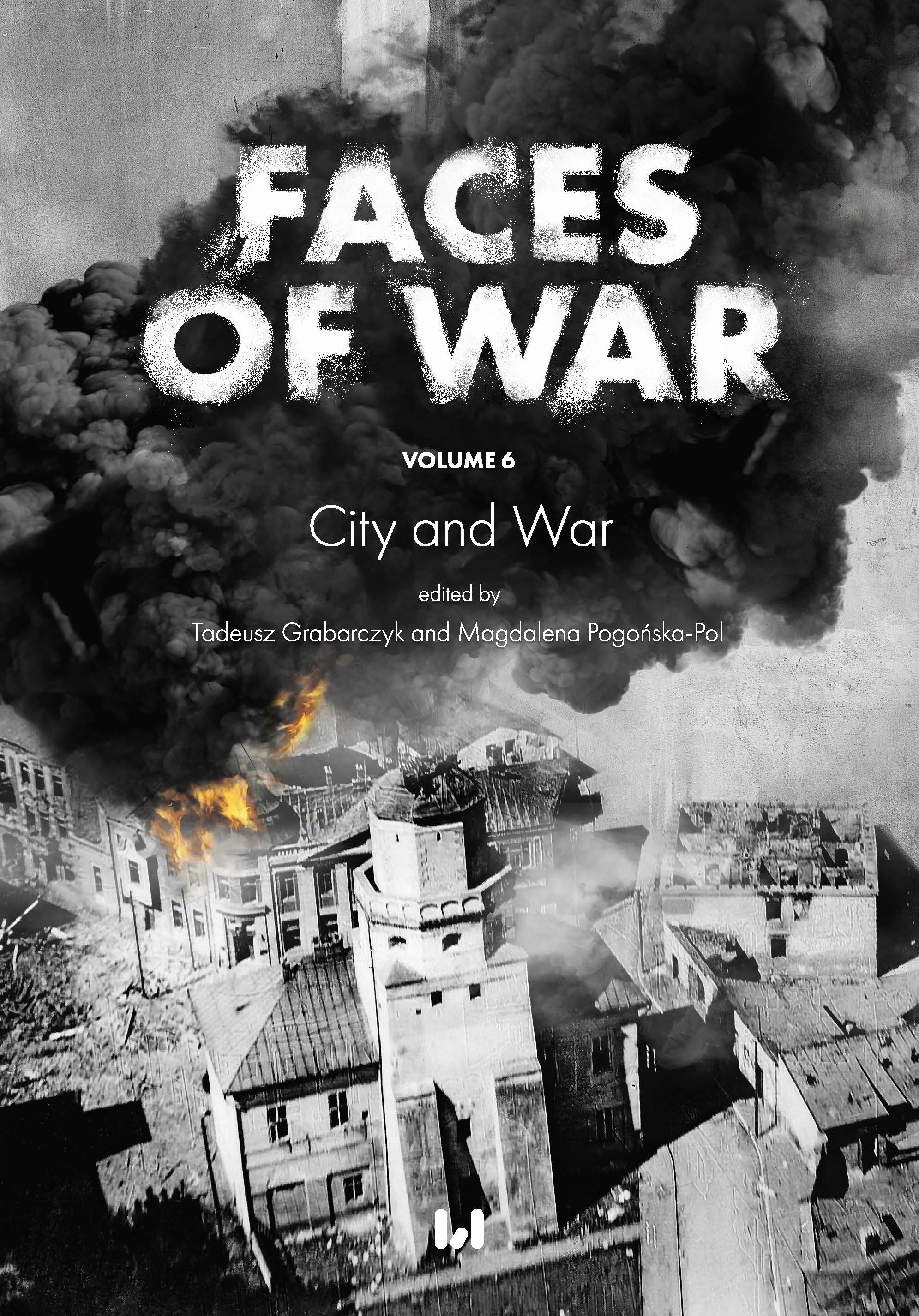Excavations from the medieval city of Caransebeș
Excavations from the medieval city of Caransebeș
Author(s): Silviu Oța
Subject(s): History, Archaeology
Published by: Wydawnictwo Uniwersytetu Łódzkiego
Keywords: fortification; town; workshop; tower; iron; cemetery
Summary/Abstract: Systematic archaeological research in the fortified medieval city of Caransebeș/Sebeș began in 2017. The fortified medieval city, attested for the first time in historical records in 1290 during the reign of Ladislaus IV of Hungary, belonged to an area of Byzantine influence in the 12th century, and later (most probably between 1186 and 1231–1232) fell under the influence of the second Vlach-Bulgarian Tsardom. Around 1231–1232 the discussed region (together with Caransebeș) became part of the Kingdom of Hungary. Both the city and the surrounding region had a predominantly Vlach population. For archaeological research we had at our disposal several plans of the city dated to the 17–18th centuries. Some time after the 1718 peace treaty signed in Požarevac (Passarowitz) between the Ottoman Empire and the Habsburg Monarchy, the Caransebeș fortress was destroyed. Currently, only a few fragments of the fortifications are preserved in its northern area, but further archaeological excavations are needed to establish their precise dating and context. In the context of tensions between the Ottoman Empire and the Habsburg Monarchy, the border city underwent rapid transformations over short periods of time during the 17–18th centuries. After 1551–1552, the region and implicitly the city of Caransebeș came under the authority of the Transylvanian princes. It was conquered by the Turks in 1658 and occupied by the Austrians in 1688, who proceeded to rearrange the Italian-style fortifications. The works were not completed, however, because the Ottoman Empire regained possession of the fortress in 1696 and held it until 1718. Over the course of three research seasons, we identified remains of three fragments of structures and a fragment of a ravelin on the north side, two fragments of the stone-paved road that crossed the city, and two fragments of the inner city walls. In the central area west of the road, both medieval and modern houses, fragments of iron processing workshops, and a possible pharmacy or spice shop were partially excavated. Moreover, on the surface of the ground inside the inner fortification, traces of walls were discovered, while on its outside – human osteological remains, indicating the presence of a church, especially when we consider that the plans of the fortress dated to the end of the 17th century, and that a Polish coin issued in 1627 during the reign of Sigismund III Vasa (1587–1632), most likely resulting from a destroyed grave, was discovered in situ. Overall, we can say that we were able to correlate cartographic, historical, and archaeological information in order to clarify the stages of the spatial development of the city, especially during the 16–18th centuries. Based on historical sources, we were able to find out more about who its inhabitants were, their religions, and the transformations that took place from a religious and administrative point of view.
Book: Faces of War, vol. 6, City and War
- Page Range: 151-174
- Page Count: 24
- Publication Year: 2022
- Language: English
- Content File-PDF

